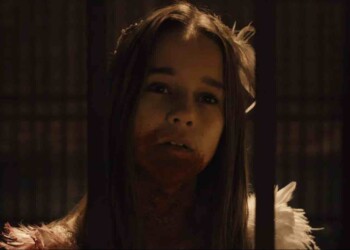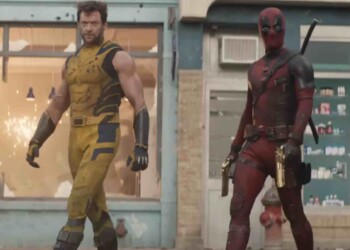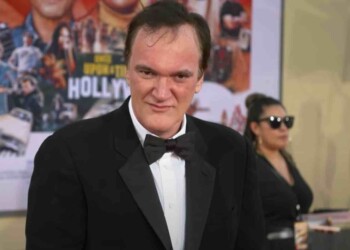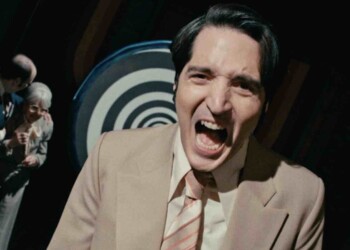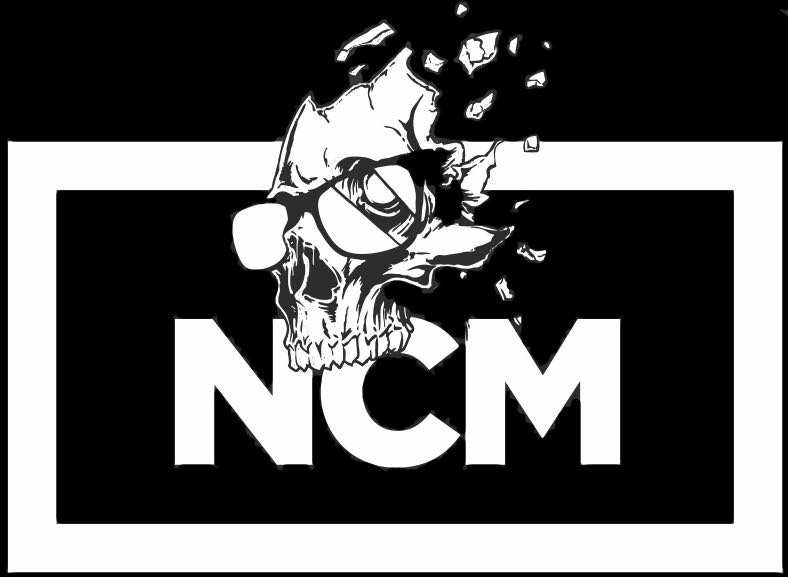Back in 2012 the totality of the comic book industry stood with faces raised looking at the mountain of money Marvel had just made. The first Avenger’s film was this big flashy thing, broadly written, simple in theme and immodest in its action.
A lot of the movie and comic book industry followed this currency producing path. Comic books were manufactured to feature big stories where the stakes were extinction level and powerful, heroic people clashed in grand city razing battles, while spouting the broadest of humor.
Then this weird little book came out. One where a dude with no powers, tried to do good sometimes, but mostly just got beat up and made a bunch of mistakes. The stakes of any given conflict never reached further than a city block and the solution to those conflicts was rarely cleverer than “lets go fight the bad guys.”
When it was launched Matt Fraction’s Hawkeye was the antithesis of an industry standard book. It did things its own way. Its heroes were almost never in costume and their action were more “mundane heroism” than “super heroism.”
Clint Barton and Kate Bishop restored the cable in their apartment building so some kids could watch their favorite Christmas show. They helped a neighbor prep his father’s house for an incoming hurricane and helped a gay couple retrieve a stolen flower in time for their wedding.
It was a book that deglamorized true heroism not only by demonstrating that it is often ordinary but also by showing that it is often not driven by cartoonish ideas of nobility.
Clint’s heroism never feels completely altruistic. There is so much self-loathing in him and his good deeds often come from a place of insecurity. He fights on a team with gods and super soldiers but he is just a dude with a bow and arrow. When it rains the arrow won’t fly straight. He is useless. The best he can do is help weatherproof a home.
Kate’s heroism is very flawed and human too, often motivated by her own flavor of insecurity. She is trying to prove herself to Clint. She is full of bravado, taking off for California halfway through the series to prove to Clint she doesn’t need him, pushing herself to be a better hero as middle finger to him.
In a way both of them are trying to earn the name Hawkeye. Clint threats his alter ego like its another person or a burden. Something that he must continue to live up to, while Kate sees the title as a standard that she must be worthy of.
Not content with fiddling with the reader’s sense of heroism, Fraction’s Hawkeye set out to tell its unique story in a unique way.
There was an issue told from the point of view of Hawkeye’s dog as it attempted to solve a mystery. There was total commitment to bit. The dog thought in flow chats associating the most basic idea of a person with the things most simply observable by a dog. The word bubbles from human characters are obscured except for the words a dog would deem important enough to retain, like up, stay, good, bad etc.
Another issue took place during an, at the time, current world event, hurricane Sandy. (Fraction ended up donating proceeds from that issue to Sandy relief.) Another issue was told in the style of a holiday Christmas special even though it was released in March. Another was intercut with pulp romance covers.
The book just did whatever the hell it wanted and it gave the series a wonderful personality that was constant throughout every aspect. One of the biggest things that influenced the book was its art style. While several artist did work on the series David Aja and his stark, colorful panache are most associated with the series.
2012 was still a time when comic book art was dominated by detailed line work and honest color pallets.
Hawkeye’s look had neither of those things. Aja’s work was very simple. Backgrounds were often absent choosing instead to go with solid colors to convey mood. When backgrounds were used they were plain lightly detailed encouraging the reader to focus more on things like character posture and facial expressions. Things like diagrams, step by step instructions and sign language would end up sutured in amongst the panels. Pages were overstuffed with smaller panels so subtler movements could be emphasized and paced, letting minute details communicate important information.
I have made it all this way and not mentioned that the humor in this book is truly incredible. Dry, conversational and bouncy, the jokes come fast and constant. It avoids the traps of board or smarmy humor by pulling a lot of its playfulness from novel and quirky situations. Clint and Kate have a dry and battle-callused reaction to the constant peculiar drama that comes in each new issue, endearing them to you without the humor ever feeling like a routine.
This week the last issue of Hawkeye was released and it was released into very different industry then its pilot issue.
The critical and financial success of books like Matt Fraction’s Hawkeye showed publisher that it was okay to be brave. That it was okay to make books that pushed deeper than the mask, place personality and originality higher than approachability. Because of Hawkeye’s success, other books that wander from the norm were given a chance, books like The Superior Foes of Spider-Man, Charlies Soule’s She-Hulk and Nick Spencer’s Ant-Man.
Hawkeye was a book that reminded us that comic books are supposed to be the wild west of storytelling. A medium where stories feel less processed and formulaic, where the personality and voice of creators is the most opaque. It acted as love letter to its medium by being a near perfect example of it. It was special because it was just itself and made no apologies for that. It can not be replaced. All it can be is missed.

